BAE Systems conducted the initial flight test of its new EW radar system, an advanced new radar that will equip Royal Air Force (RAF) pilots with the ability to locate, identify, and suppress enemy air defenses has taken to the skies for the first time.
This significant achievement saw the prototype of the European Common Radar System Mark 2 (ECRS Mk2) operated on a UK Typhoon test and evaluation aircraft at BAE Systems in Lancashire, supported by the radar’s developer, Leonardo UK.
The ECRS Mk2 can perform traditional radar functions such as search and targeting and provide advanced electronic warfare capabilities. This will enable Typhoons to locate and deny using an adversary’s radar with a powerful electronic attack while staying beyond the reach of threats.
Furthermore, unlike traditional radars, which are limited to a specific, narrow, and congested part of the radio frequency spectrum, the ECRS Mk2 operates across a broader range of the electromagnetic spectrum, enabling operation above or below the congested and contested frequencies where most fighter radars operate.

BAE Systems Advances in Mission-Integrated Network Control Technology
BAE Systems was awarded a Phase 2 DARPA contract for developing autonomous software for secure multi-domain communications under the Mission-Integrated Network Control (MINC) program. The contract builds upon BAE Systems’ work in Phase 1 of the MINC program, which aims to create an integrated, advanced capability for secure communications networks supporting multi-domain operations. Under Phase 2, BAE Systems’ FAST Labs research and development organization will further advance the algorithms and software developed in the initial phase to anticipate and dynamically adapt network services. According to Brian Decleene, chief scientist at BAE Systems’ FAST Labs, The goal is to deliver the right information to the right user at the right time across multiple domains. This contract continues BAE Systems’ involvement in the MINC program, which began in May 2022 with a $24 million award for Phase 1.
The contract builds upon BAE Systems’ work in Phase 1 of the MINC program, which aims to create an integrated, advanced capability for secure communications networks supporting multi-domain operations. Under Phase 2, BAE Systems’ FAST Labs research and development organization will further advance the algorithms and software developed in the initial phase to anticipate and dynamically adapt network services.
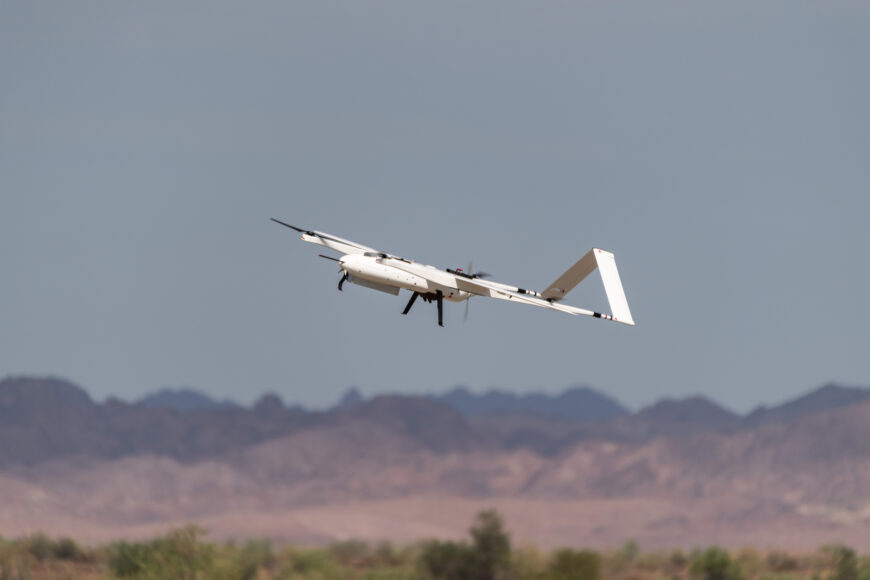
Lockheed Martin and Altera Showcase Advanced Electronic Warfare Capabilities:
In collaboration with Altera, Lockheed Martin completed the SWIFT demonstration, showcasing their Gen12 transceiver for electronic warfare utilizing Altera’s Agilex 9 Direct RF FPGA (Multi-Chip Package, MCP-2) mounted in a Class-2 UAV. The test demonstrated the system’s ability to locate and neutralize threats in contested environments. The test successfully showcased the Gen12’s Electronic Support (ES) capability by detecting, identifying, and locating enemy emitters in a simulated battlespace range.
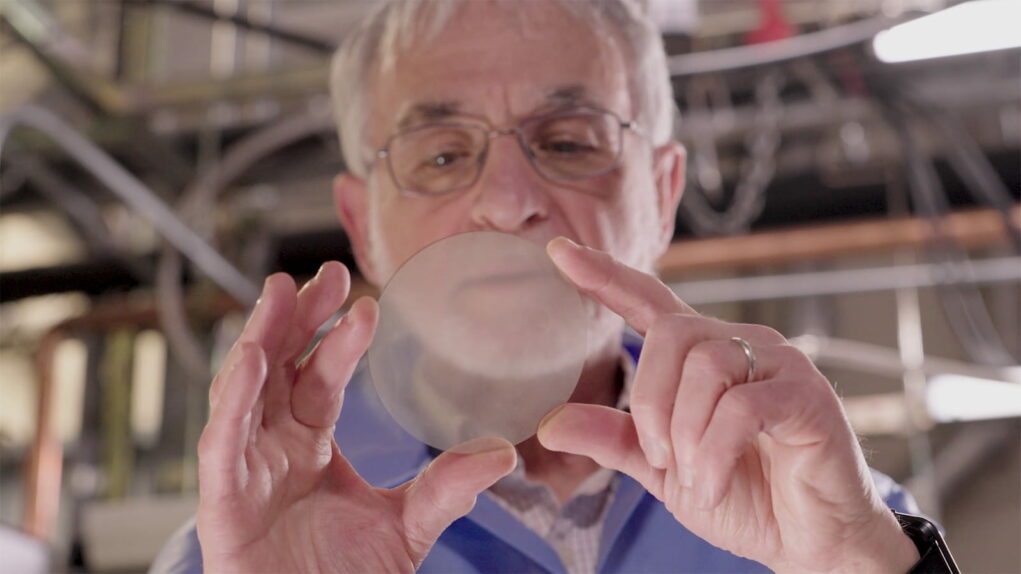
RTX Developing Ultra-Wide Bandgap Semiconductors for DARPA
Raytheon was awarded a contract by DARPA to develop ultra-wide bandgap semiconductors (UWBGS) based on diamond and aluminum nitride, enhancing conductivity and thermal properties to revolutionize semiconductor electronics. This new class of materials offers improved conductivity and thermal management properties, which could revolutionize semiconductor electronics in various applications, including sensors and electronic systems.
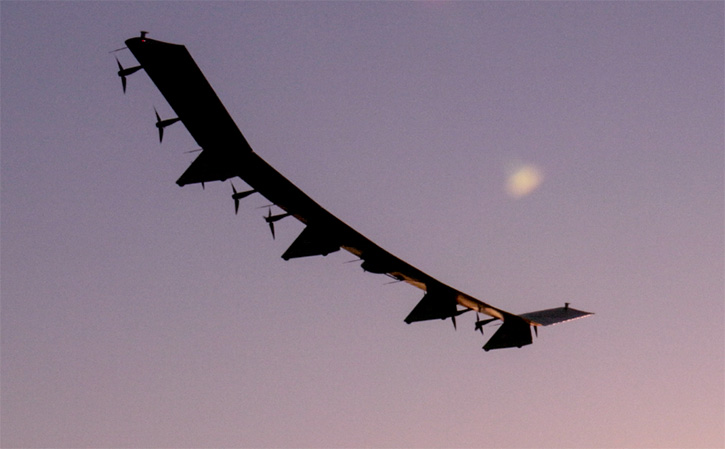
AeroVironment Unveils Solar-Powered Aircraft for Stratospheric Missions
AeroVironment flight-tested the Horus A, an upgraded Sunglider UAS for high-altitude applications, showcasing improved payload and power capabilities for resilient ISR missions. Horus A significantly improves payload capacity and power availability, carrying up to 150 lb of payload with 1.5 kW of available power. The aircraft received airworthiness approval from the U.S. Army and an FAA Special Airworthiness Certificate for national airspace flight testing. The Office of the Under Secretary of Defense Research and Engineering and Rapid Prototyping Programs supports the program.
During its recent flight test, Horus A showcased its ability to simultaneously operate multiple payloads, including a Synthetic Aperture Radar (SAR) and a Tactical Grade Mesh Network radio. The aircraft demonstrated effective maneuvering in adverse weather conditions and validated new systems, payload interoperability, and performance enhancements.
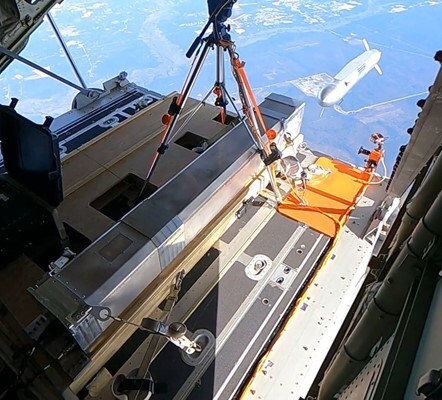
Leidos Develops Small Cruise Missile Solution
Leidos announced progress in its small cruise missile program, utilizing digital twin technology and modular architecture to develop the “Black Arrow” Small Cruise Missile (SCM). designed to meet the U.S. Department of Defense’s need for affordable stand-off strike capabilities.
In December 2023, the company conducted successful store separation testing from an AC-130J aircraft, confirming digital twin predictions of safe separation, benign store dynamics, and trajectory characteristics. Additional captive flight testing demonstrated integration with the NSWC Battle Management System, operational flight software function, navigation performance, and flight safety system functionality.
Leidos began the SCM project in 2021 and continued with government funding secured under a Cooperative Research and Development Agreement (CRADA) signed in 2022 with the U.S. Special Operations Command (SOCOM) PEO-Fixed Wing and AFSOC.
Leidos’s development of the Black Arrow followed past milestones, including the GBU-69 Small Glide Bomb and X-61 Gremlin aerial vehicle. The company employs advanced techniques such as model-based systems engineering, additive manufacturing, and AI optimization to support the timely and cost-effective development of the SCM. (Read More)
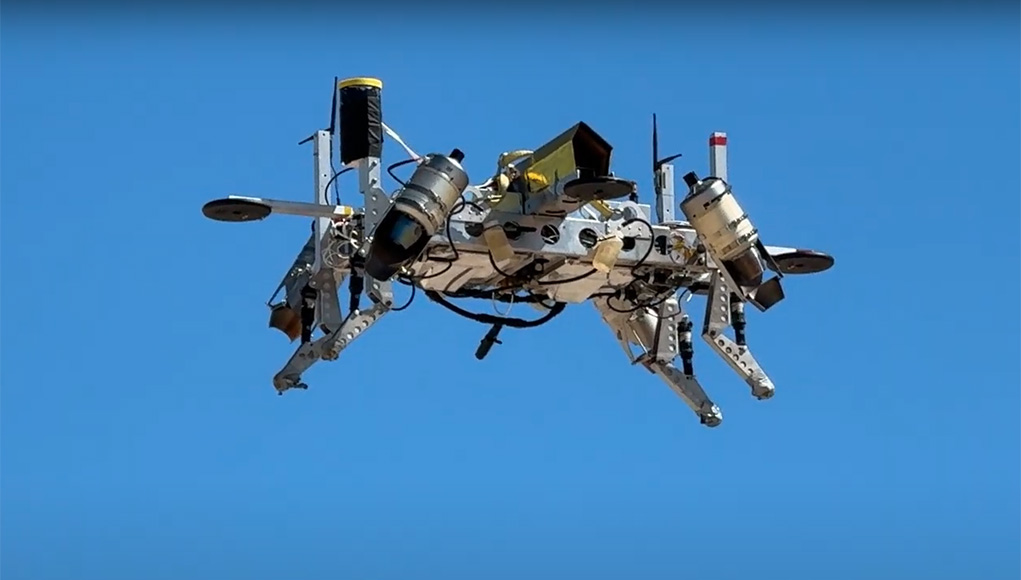
Mayman Aerospace’s RAZOR P100 Completes Successful Flight Tests
Mayman Aerospace has significantly progressed in developing its RAZOR P100 aircraft, completing flight tests using a testbed platform. The tests validated crucial systems, including avionics, propulsion, and control, demonstrating the aircraft’s ability to transition from hover to high-speed winged flight.
The RAZOR P100 is designed as a multi-mission aerial platform capable of speeds exceeding 450 knots (approximately 500 mph), with a range of over 300 kilometers (200 miles). It can support various missions, including Intelligence, Surveillance, and Reconnaissance (ISR) operations, and carry guided missiles for Air-to-Air and Air-to-Surface missions[1]. During the tests, the aircraft successfully flew seven autonomous mission sets, focusing on validating software and control-law updates, particularly the critical transition between hover and winged flight modes.
These tests were conducted under an Other Transaction Authority (OTA) contract with the U.S. Department of Defense. Mayman Aerospace plans to begin production of the P100 model by 2025 and is developing additional variants, including P500 and P1000. The company is also integrating AI-driven technologies, such as its SkyField navigation and control system, to enhance operational efficiency in both military and civilian applications.

U.S. Navy Awards Raytheon $192 Million Contract for Next Generation Jammer Upgrade
Raytheon, an RTX business, has been awarded a $192 million contract by the U.S. Navy to develop the Next Generation Jammer Mid-Band Expansion (NGJ-MBX), an upgrade to the current Next Generation Jammer Mid-Band (NGJ-MB) system. This modification will extend the frequency range of the NGJ-MB system, enabling it to counter additional threats and improve operational effectiveness. A few weeks ago, the Navy awarded L3Harris a contract to develop the NGJ Low Band component of the Next Generation Jammer for the EA-18G.
The NGJ-MB is an airborne electronic attack system consisting of two pods containing active electronically scanned arrays that radiate in the mid-band frequency range. It is employed on the EA-18G GROWLER aircraft to target advanced electronic warfare threats. The NGJ-MBX upgrade will ensure the Navy’s spectrum dominance electronic attack.
More News This Week:




















